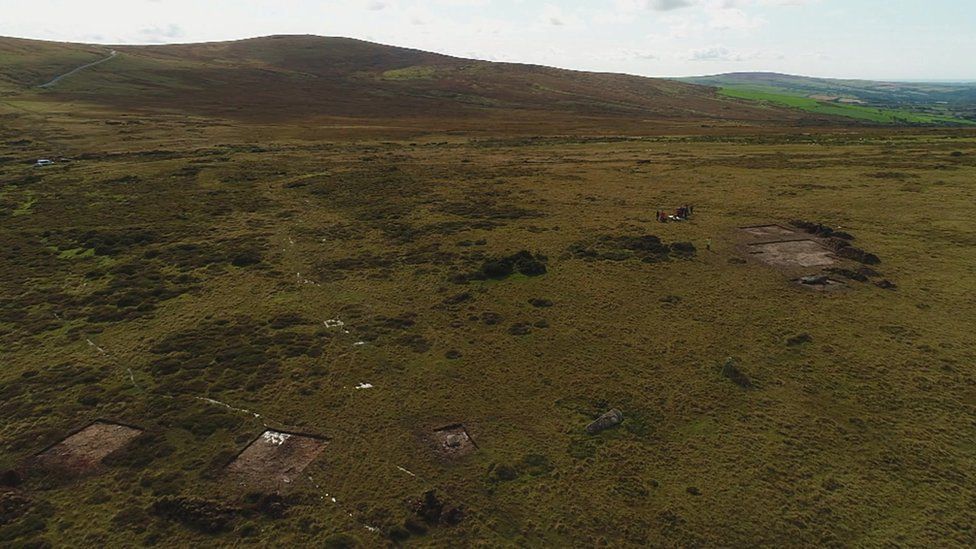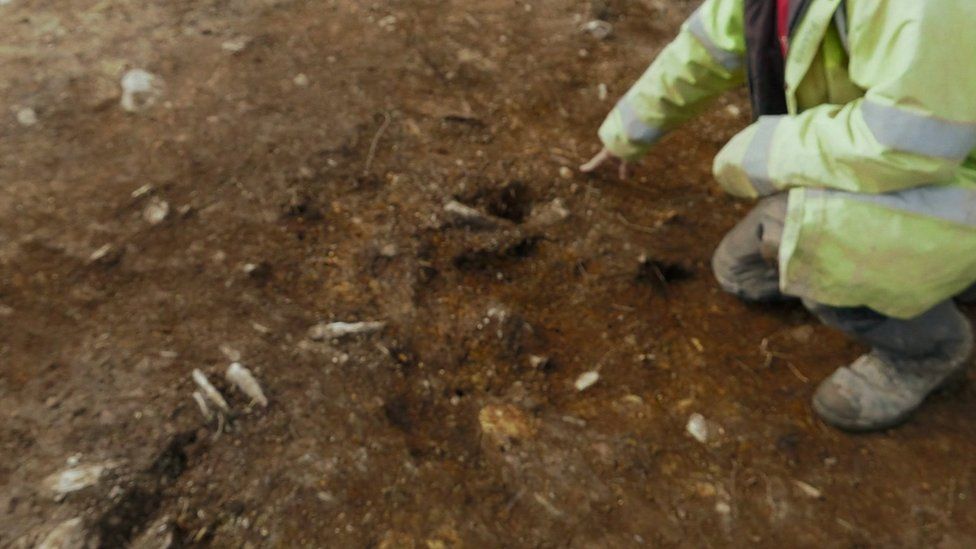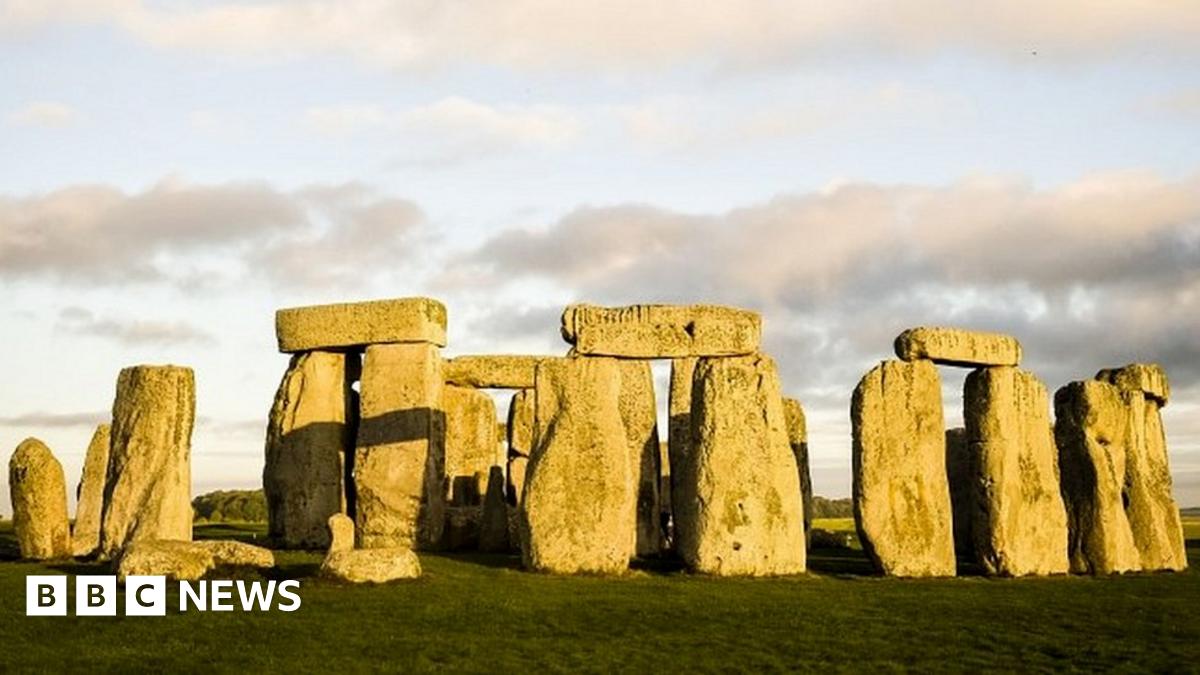Stonehenge: Did the stone circle originally stand in Wales?
BBC News12th February 2021

One of Britain's biggest and oldest stone circles has been found in Wales - and could be the original building blocks of Stonehenge.
Archaeologists uncovered the remains of the Waun Mawn site in Pembrokeshire's Preseli Hills.
They believe the stones could have been dismantled and rebuilt 150 miles (240 km) away on Salisbury Plain, Wiltshire.
The discovery was made during filming for BBC Two's Stonehenge: The Lost Circle Revealed.
The Welsh circle, believed to be the third biggest in Britain, has a diameter of 360ft (110m), the same as the ditch that encloses Stonehenge, and both are aligned on the midsummer solstice sunrise.
Several of the monoliths at the World Heritage Site are of the same rock type as those that still remain at the Welsh site.
And one of the bluestones at Stonehenge has an unusual cross-section which matches one of the holes left at Waun Mawn, suggesting the monolith began its life as part of the stone circle in the Preseli Hills before being moved.

Archaeologists unearthed the ancient stone circle at Waun Mawn in the Preseli Hills, Pembrokeshire

Multiple large "stone holes" were found at Waun Mawn
It is already known that the smaller bluestones that were first used to build Stonehenge were transported from 150 miles (240 km) away in modern-day Pembrokeshire.
But the new discovery suggests the bluestones from Waun Mawn could have been moved as the ancient people of the Preseli region migrated, even taking their monuments with them, as a sign of their ancestral identity.
They would then have been re-erected at Stonehenge.
Archaeologists said this could explain why the bluestones, thought to be the first monoliths erected at Stonehenge, were brought from so far away, while most circles are constructed within a short distance of their quarries.

The team was working in bad weather in the Preseli Hills when the circle was discovered
The archaeological investigations as part of the Stones of Stonehenge research project, led by Professor Mike Parker Pearson of University College London, previously excavated two bluestone quarries in the Preseli Hills.
Their discovery that the bluestones had been extracted before the first stage of Stonehenge was built in 3000 BC prompted the team to re-investigate the nearby Waun Mawn stones to see if it was the site of a stone circle supplied by the quarry and later moved.
Only four monoliths remain at the site, but an archaeological dig in 2018 revealed holes where stones would have stood, showing the remaining stones were part of a wider circle of 30-50 stones.
And the scientific dating of charcoal and sediment from the holes reveals it was put up around 3400 BC.
Neolithic people

The Preseli Hills are 150 miles (240 km) from Stonehenge in Wiltshire
Findings of the discovery, published in the journal Antiquity, show significant links between Stonehenge and Waun Mawn.
It also confirms that the region was an important and densely settled area in Neolithic times until 3000 BC when activity seems to have ceased.
Prof Parker Pearson said: "It's as if they just vanished. Maybe most of the people migrated, taking their stones - their ancestral identities - with them."
Analysis of the remains of people buried at Stonehenge at the time the bluestones were erected there would seem to back up the theory, as it shows some of them were from western Britain, possibly Wales.
With only a few of the Stonehenge stones directly linked to Waun Mawn, the archaeologists also believe monoliths from other stone circles could have been taken from Wales to form part of the new monument.
Prof Parker Pearson said: "With an estimated 80 bluestones put up on Salisbury Plain at Stonehenge and nearby Bluestonehenge, my guess is that Waun Mawn was not the only stone circle that contributed to Stonehenge.
"Maybe there are more in Preseli waiting to be found. Who knows? Someone will be lucky enough to find them."
Stonehenge: The Lost Circle Revealed will be broadcast on BBC Two at 21:00 GMT on Friday 12 February.

Stonehenge: Did the stone circle originally stand in Wales?
Archaeologists now believe the stone circle stood 150 miles from its current location in Wiltshire.
Last edited: